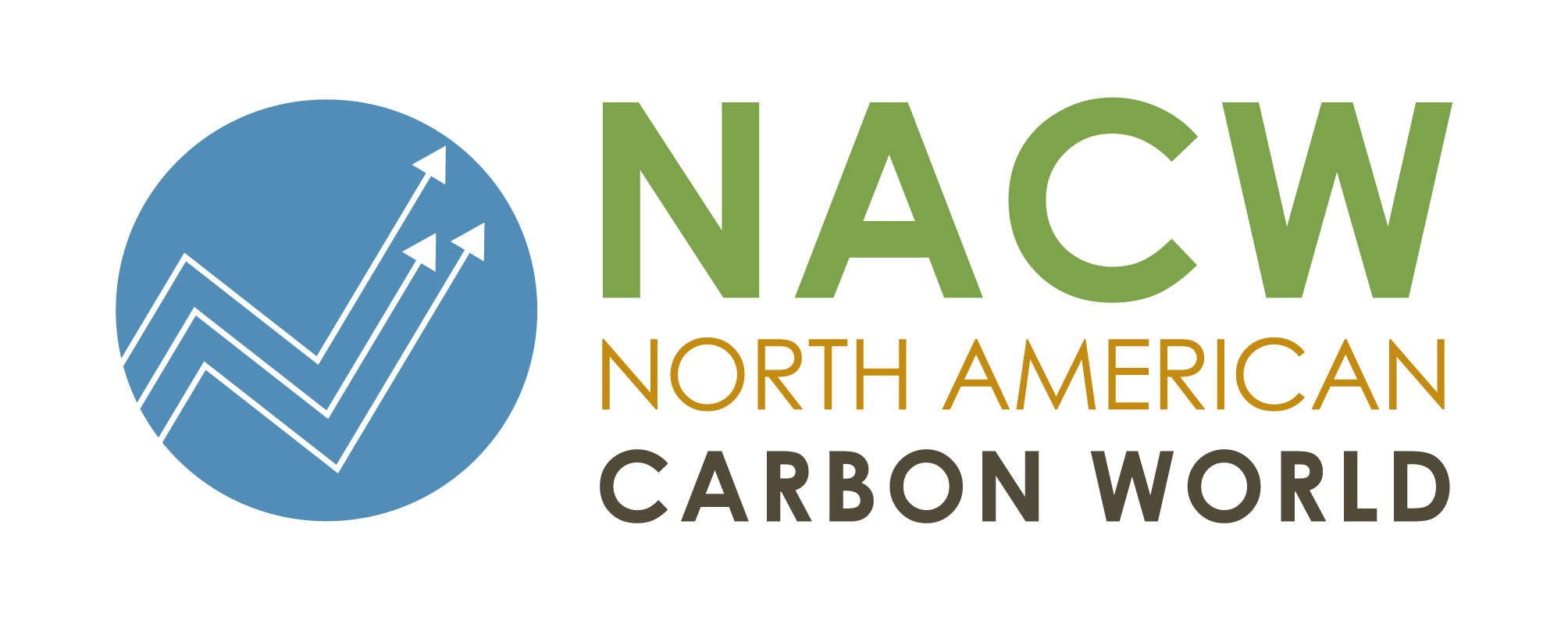Join us for the first workgroup meeting for the Low-Carbon Cement Protocol (Monday, Dec 19)
Updated Reserve User Guide available in English & Spanish
Join us for a Mexico Forest Protocol v3.1 workgroup meeting on Monday (11/21) at 11:30a PT
Join us for a biochar workgroup meeting this Thursday (11/17) at 11:00a Pacific
Find climate & environmental solutions with agroforestry
Agroforestry is the practice of integrating trees and shrubs with crops and livestock, which can strengthen sustainable farm production, environmental resilience, biodiversity and wildlife habitat, and increase economic growth. Agroforestry also supports long-term carbon sequestration, soil enrichment, and air and water quality improvements, benefiting the landowners, communities, and global climate.
The Reserve’s Mexico Forest Protocol V3.0 supports agroforestry projects and includes an updated definition, environmental safeguard, and project calculation guidance for agroforestry projects.
Check out our Agroforestry Word Search for a fun way to engage with agroforestry terms and benefits! The word search is available in both English & Spanish.




